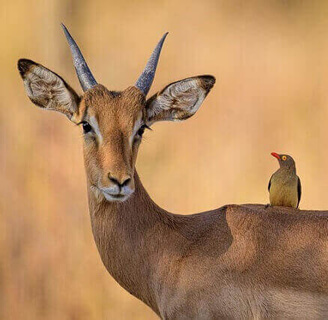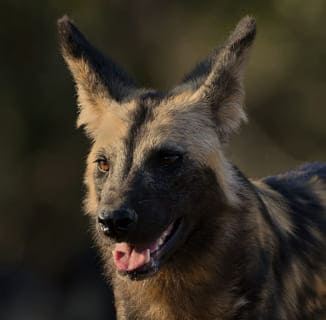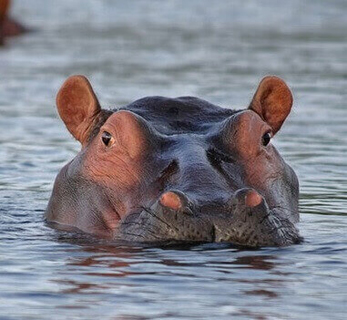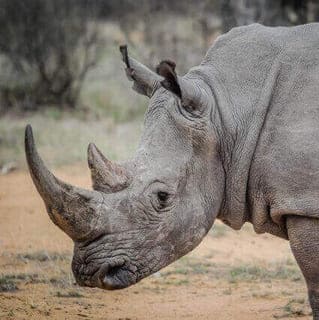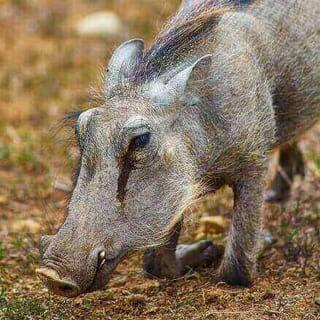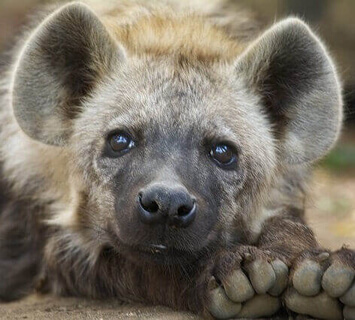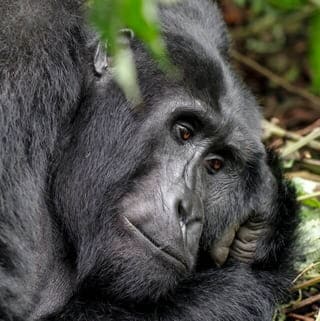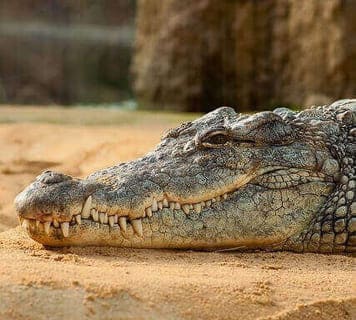5 Helpful tips you can use!
See below for some tips for your Adventure
Tip 1
One way to make sure you are safe on a safari is to always follow the rules and instructions of your tour guide, as your safety and your enjoyment is what all tour guides want!
Tip 2
Make sure to take lots of good pictures and videos, because if you forget now you can remember your experience all over again!
Tip 3
Remember you can ask your tour guides questions, there is a good chance that they know a lot about the animals and location than you do!
Tip 4
This is your safari and the tour guide just wants to make sure you are safe and well having a blast, so don't be afraid to ask the driver to stop so you can take pictures and admire the animals!
Tip 5
There is a good chance you know this but don't ever taunt the animals, remember they are wild animals, you are in their home, they can hurt you and are probably just as afraid of you as you are afraid of them.
Animals you might meet on your journey!
Hover on each image to discover information about them

